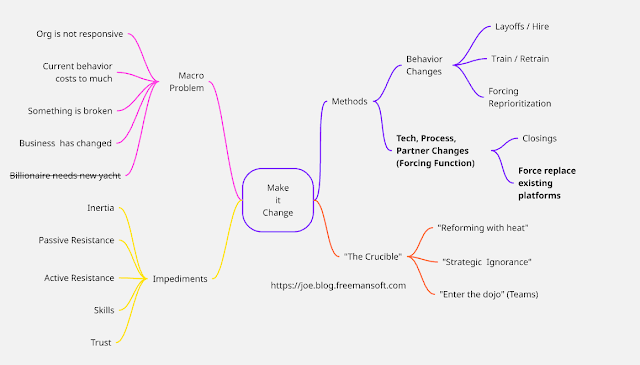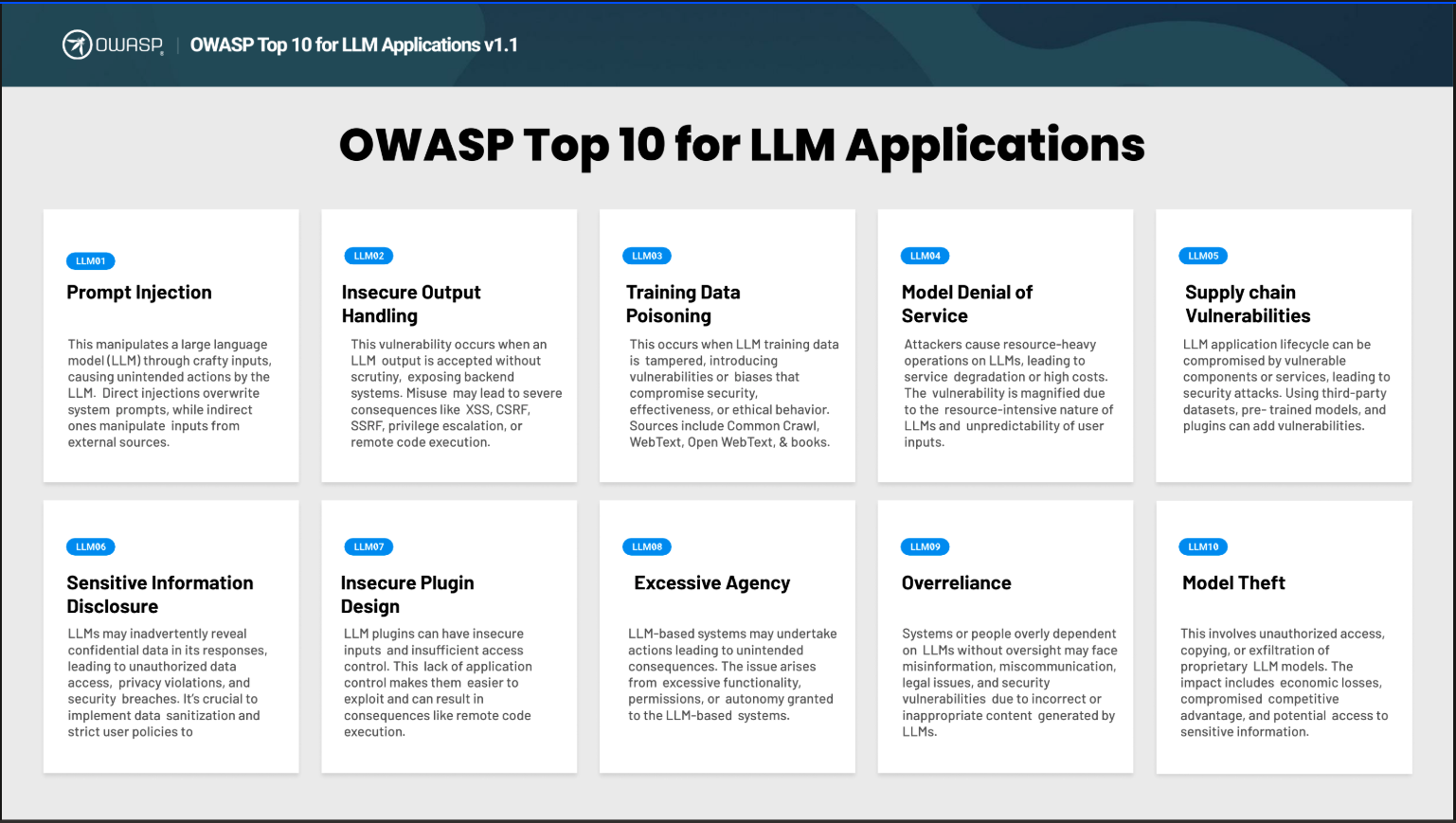Visiting the topology for running containerized workloads and AI Workbench

Data science and AI projects are typically run on rented CPU/GPU resources or in self-managed data centers. By using containerization, we can separate our code and configuration from the underlying hardware, making it easier to switch between different systems for cost or performance reasons. However, containerization and remote execution introduce new networking and connectivity challenges. In this talk, we will explore how to manage connectivity for both the control plane and the user experience plane, including requirements like web access. AI transcription of the talk This section contains Gemini's rewrite of the YouTube Video's transcript. The raw text is down below. The Role of Containerization in Local and Remote Data Science When designing a GPU-bound data exploration or analytics environment , the key to maintaining consistency—whether you're working locally or remotely —is a containerized workflow . For quick prototyping, we often leverage a few local GPUs witho...







